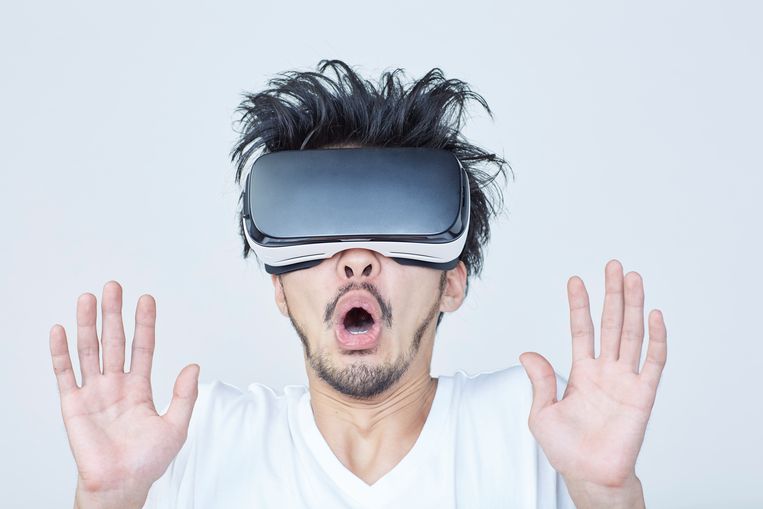A guestblog by Ilan Nass, Chief Strategist Taktical Digital
As the technology available for marketing evolves, it’s vital for businesses to adapt to an environment of constant change. Even within the past few years, the marketing world has changed drastically. Facebook, for example, is completely changing the look and feel of their platform, especially when it comes to advertising. Partnering with a Facebook advertising firm could help your brand navigate the potentially difficult shift.
Other changes expected to revolutionize the marketing industry are virtual and augmented reality. Virtual and augmented reality (VR and AR) are starting to become major parts of marketing strategies, with substantial growth projected in the near future. Here’s how:
The Current Marketing Landscape
Marketers are only just beginning to scratch the surface of what these technologies can offer, but there are already exciting examples of them in many fields. Pokemon GO! Is perhaps the most widely known example. The game prominently featured AR and demonstrated its wide appeal, earning $950 million in 2016 alone.
While both augmented and virtual reality first rose to prominence in gaming, marketers are starting to notice the opportunities they offer.
Augmented reality has been applied throughout several industries to great success. Furniture stores, for example, can use it to demonstrate how a given piece would look in an existing room. Rebecca Minkoff, a popular fashion retailer, partnered with an app, Zeekit, to allow women to virtually try on clothing simply by uploading an image.
Many other businesses have begun to introduce augmented reality in unique ways, and that trend is only accelerating. The use of AR marketing is forecasted to increase by nearly 31% from 2017 to 2021.
Virtual reality can be harder to adapt to the needs of marketers, as it involves completely immersing its users. This leads to significantly higher costs while also increasing the need for elaborate development. VR technology is currently lagging behind augmented reality in terms of widespread adoption, but there are many exciting possibilities for the future.
Upcoming Developments in AR and VR Marketing
Current trends in marketing are causing new businesses to notice the success early adopters have seen from using both AR and VR. As time goes on and marketers and creative digital agencies find new ways of utilizing these technologies, the scope of virtual and augmented reality within the marketing world is only going to increase.
As mentioned above, virtual reality is often more difficult to apply to marketing, but that doesn’t mean there aren’t opportunities associated with it. The travel and automotive sectors are just two industries that could see significant benefits from virtual reality.
Businesses are already using virtual reality to simulate the experience of being at a unique travel destination. Car companies will soon be able to simulate test drives. As these uses expand, other industries will become inspired to incorporate VR for their own practices.
Marketers are always among the first to explore the possibilities opened up by new forms of technology, and altered reality is no exception. AR and VR are already becoming common in many industries, and it will be important for businesses to stay ahead of these trends in the next few years. While they both require significant investment, they also offer the ability to connect with customers in brand-new ways.

